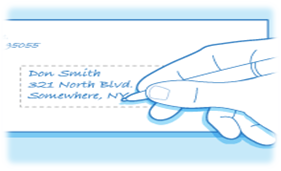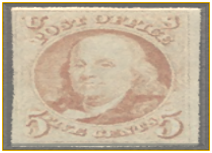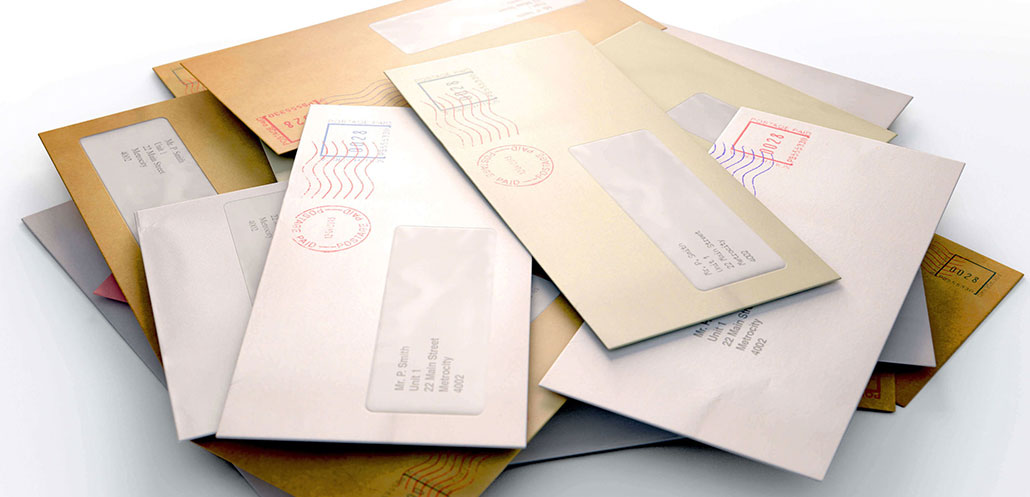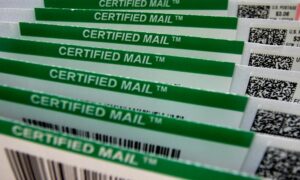As you may have seen in the news, there are a lot of changes being made to the United States Postal Services. Many people and businesses are concerned whether or not they can trust the USPS to handle their valuable and important correspondences.
They are also wondering why prices continue to increase. We unfortunately cannot control government budgeting decisions, but we can do our part to increase the efficiency of the USPS and ensure our own mail can be processed easily by USPS sorting technology.
If you’ve ever worked in a mail sorting facility, small or large, you’ve probably seen how much time it takes to hand sort mail, especially when items aren’t labeled properly. You have probably also seen how quickly work gets done when it’s automated, compared to manual labor.
Automation is the key to getting the best services available through the USPS. Automation provides the opportunity to gain the following results:
- Improved processing time
- Less manual Labor
- Reduces Human Error
- Improved Accuracy
- Reduced Return Mail
The following items are critical to ensuring mail is automation capable through USPS automation equipment.
1. Address Placement and Orientation
For the USPS Mulitline Optical Character Reader )MLOCR) to read a delivery address, it is best practice to place the address in the center of the envelope. Your envelope must also be oriented landscape, Left-Justified so each line starts at the same point. The address must not be within ½ in from the sides, 5/8 in from the bottom and must not be over 2-3/4 from the bottom as shown below.

Cooperation
The more information you provide, the more accurate the delivery will be. If sending to a company, you should include both an attention line with the specific recipient’s name and the company/department name. The address needs to be complete with suite numbers if applicable.
Instead of writing out the full state name, make sure it is abbreviated correctly. If you have the zip+4, include it. This will give the exact delivery point, making it much easier to process. If a Zip+4 is not available always at least include the 5-digit zip code. The MLOCR reads from the bottom right to the top left so it is important that you place the city, state, zip on the bottom line.
2. Type or Print When Possible
Though you may have immaculate handwriting skills, it’s hard to compete with the precision of printers. Avoid writing the address as much as possible. If you do need to handwrite, make sure it is clear and legible.
Though cursive looks nice, the USPS prefers not using cursive format. For optimal readability, print either directly on the envelope or onto an address label. Using dark ink on a light background is preferred.

Don’t use periods, commas or any other punctuation other than dashes in names or when using a zip+4. Use two spaces between the state and zip code and one space between all other words/numbers. Font size should be at least 10pt, and no more than 12pt. It is also best to use ALL CAPITAL LETTERS.
3. Always Include Your Full Return Address
If for any reason the delivery fails, the only way USPS has to inform you about it is by returning your mail to the return address. Many things can happen, such as, the address being vacant, the recipient moving, mail getting refused, missing suite numbers, etc… If you prefer that your mail isn’t discarded, then always include a full return address in the top left corner of the envelope.
4.Don’t Overstuff and Seal Thoroughly
While running envelopes through machines, they can sometimes get snagged and ripped. The best way to prevent this is by preparing your envelope properly. Standard envelopes are not meant to hold more than 7 regular sized tri-folded sheets. If you are sending more than that, use a larger envelope. It’s also important to seal or tape your envelope thoroughly. If any metal clasps are showing, tape them down.

5. Use Correct Postage
Whether you meter mail or use stamps always make sure you are doing your best to keep up with the rapidly changing postage prices. It is important to check the specifications for class and weight before applying postage to your mail piece.
For current prices, visit https://pe.usps.com/text/dmm300/Notice123.htm
6. Verify Addresses
For businesses, if you maintain larger mailing lists, it may be worth it to get access to National Change of Address (NCOALink) Database software to cleanse your lists through a USPS approved NCOALink Service Provider. Running your mailing lists through the NCOALink will flag all addresses that have been changed due to moves or vacancies. This will also provide you with current zip+4 information.
7. Prepare for Unavoidable Delays
Some delays are inevitable so if you prepare for them, you will be less likely caught off guard. Certain things such as distant or remote delivery locations, holidays, or shutdowns can cause delays in delivery times. Plan ahead if you believe something outside of your control will affect your delivery times.
Though there are certain events or situations that we do not have control, following these guidelines can greatly improve accuracy and delivery times for your mail. For more information about addressing envelopes visit https://pe.usps.com/text/pub28/welcome.htm.




